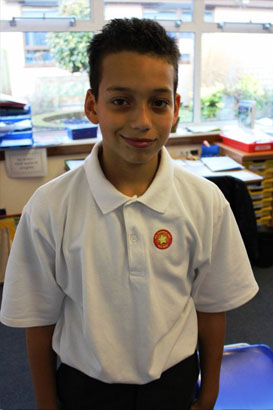The creation of successful partnerships between school and family hinges
on an understanding of family dynamics, familiarity with the nature of...intellectual
disability, and utilization of effective communication practices.
Ziebert, 2005
Read this article on families of young people with CLDD.
When we left our house, I thought, 'Tell me again why we are going all
the way to this place?' It's over 22 miles one way, and took us over an
hour to get to. When we got there, I realised why. It truly was a center
not only for the child but also a center that worked to develop a partnership
and strategy to help heal the whole family. We felt like we had just been
rescued by the Coast Guard, after being left out adrift for almost a year,
by someone who understood and who could provide us the much needed assistance
to make our lives and my son's life infinitely better.
Espe-Sherwindt, 2008

A quality partnership with families calls for:
- Mutual respect and the recognition of equality between families and professionals.
- Sharing of information and skills.
- Sharing of feelings.
- Sharing of the process of decision-making.
- Recognition of the individuality of families and the uniqueness of the child.
- Recognition of the normality of the family and not the abnormality.

Using one of the sets of service principles in Dunst's article, evaluate your own service.
From a family perspective, in what ways is your school family-focused (not just parent-centred) in its practice?

Davis (2007) reports qualities and skills that any professional working with families should have when establishing and working within a partnership. Qualities necessary for interaction with families:
- Respect
- Empathy
- Genuineness
- Humility
- Quiet enthusiasm
- Personal integrity

- Concentration/active listening
- Prompting and exploration
- Empathic responding
- Summarising
- Enabling change
- Negotiating
- Problem solving

The following document describes how a therapies team worked with a mother to manage her child's specific needs.

(Ranked for importance)
1. A break, or more breaks, or more flexible breaks.
2. Emotional support/counselling.
3. Support and information around diagnosis.
4. Fewer financial worries.
5. Help and support from families.
6. Professional support.
7. Support for the father.
8. Recognition of the needs of the whole family.
9. Practical help at home.
10. Information about services and entitlement.
(From a survey of over 2000 parents in the UK who have a disabled child (Contact a Family, 2003))

Many schools have established excellent working relationships with parents,
gently nurtured over many years. These form the basis of the new partnership
of engagement that schools now need to forge with families.
'Partnership with families' is a far more inclusive term than 'partnership
with parents'. It promotes a whole family pathway, valuing the contribution
of key family members. Some of these members may not be blood relatives:
neighbours and family friends often offer childcare and are key in supporting
mobile 21st century families.
Based on what you have learned about 'Partnership with families', write
a job description for a Family Liaison Support Worker in your school.

Carpenter, B., Attfield, E. and Logan, N. (2006) ‘Communicating with families, The SLD Experience, Summer, 21-25.
Contact a Family (2003) 'Relationships - No time for us
Davis, H. (2007) The helping relationship: understanding partnerships'. In Limbrick, P. (ed.) Family-Centred Support for Children with Disabilities and Special Needs,Clifford: Interconnections.
Espe-Sherwindt, M. (2008) Family-centred practice: collaboration, competency and evidence, Support for Learning, 23 (3), 136-143. (p. 137).
Ziebart, B. (2005) Supporting Parents as Active Partners in the Education of their Children with Intellectual Disabilities (unpublished dissertation), Adelaide, Australia: University of Flinders.